Yanina-Yasmin Pesch, PhD student at the LIMES Institute (Hoch lab), D. Riedel (Max Planck Institute for Biophysical Chemistry, Göttingen), and Dr. Mattias Behr (University of Leipzig) have discovered the "switch" for the development of the chitin shell of the fruit fly Drosophila Melanogaster.
Insects have an exoskeleton made of chitin, which preserves from mechanical influences and ensures that, among other toxic substances and bacteria cannot penetrate. The skin cells under the exoskeleton shed a secretion that produces this protective layer. "Until now, it was not yet understood which anabolic and catabolic processes ensure that this protective layer obtains its function," says Dr. Matthias Behr, who for many years worked in the Hoch lab at the LIMES Institute and recently changed to the Translational Centre for Regenerative Medicine (TRM) at the University of Leipzig.
As a subproject of the Collaborative Research Center 645 "Regulation and Manipulation of Information Flow within Dynamic Protein and Lipid Environments" the team of scientists led by Dr. Behr examined which genes and enzymes control the production of the protective shell, using the fruit fly (Drosophila) as a genetic model organism. "We have found that the so-called obstructor-A plays a key role in this process," says lead author Yanina-Yasmin Pesch. The protein obstructor-A binds and assigns chitin, so that it can stabilize the protective armor. When the researchers blocked that obstructor-A, the protective chitin armor could not be formed correctly. "The animals died already in the larval stage," says Pesch. The scientists assume that this "switch" exists in all insects. This could also be a starting point for a new type of insecticide holding at bay carriers of malaria and dengue fever, which are continuously on the rise due to the warming of the global climate.
Pesch YY, Riedel D, Behr M. Obstructor A organizes matrix assembly at the apical cell surface to promote enzymatic cuticle maturation in Drosophila. J Biol Chem. 2015 Apr 17;290(16):10071-82. doi: 10.1074/jbc.M114.614933. Epub 2015 Mar 3. PubMed PMID: 25737451
Privatdozent Dr. Matthias Behr
Translationszentrum für Regenerative Medizin (TRM)
Universität Leipzig
Tel. 0341/9739584
E-Mail: matthias.behr@uni-leipzig.de
Yanina-Yasmin Pesch
Life & Medical Sciences (LIMES) Institut
Universität Bonn
Tel. 0228/7362713
E-Mail: ypesch@uni-bonn.de
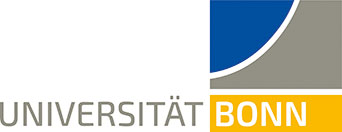



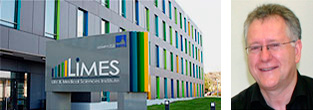
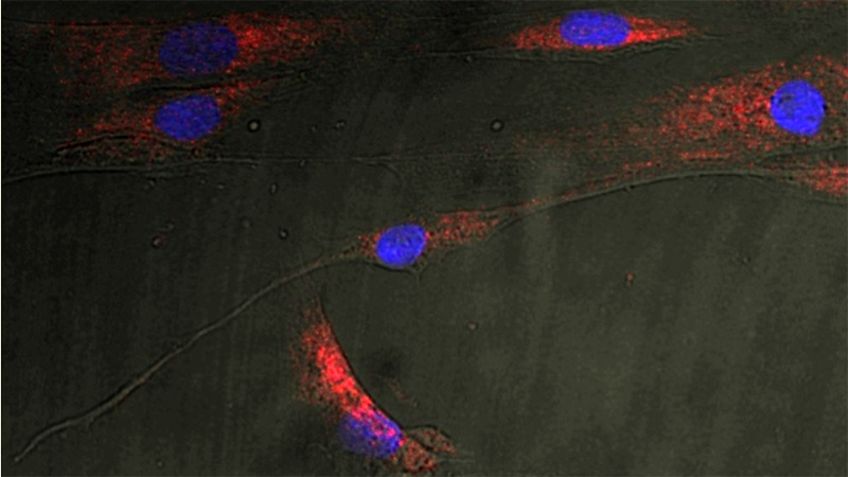
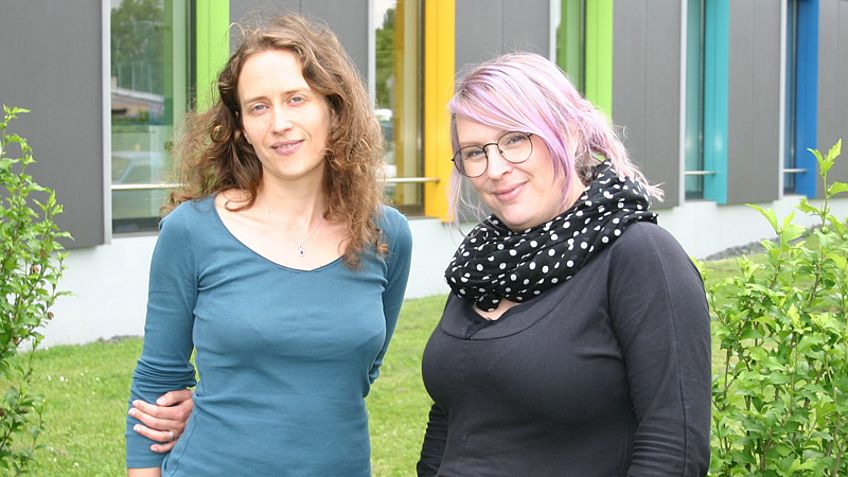
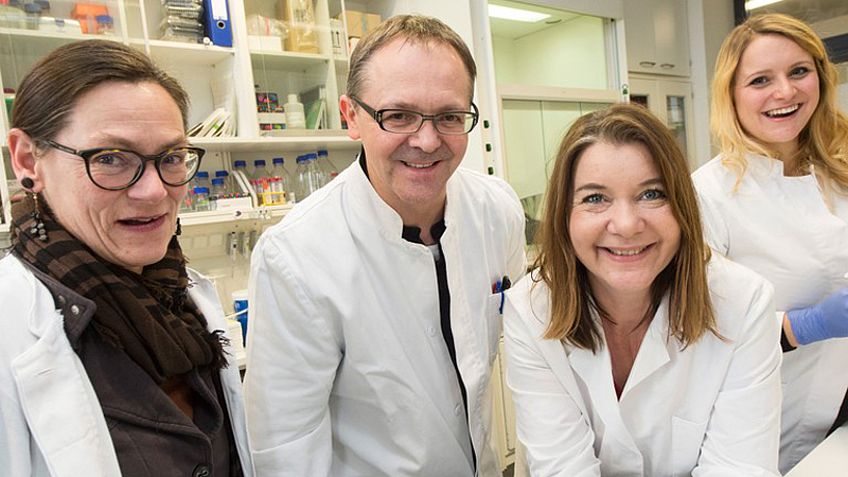
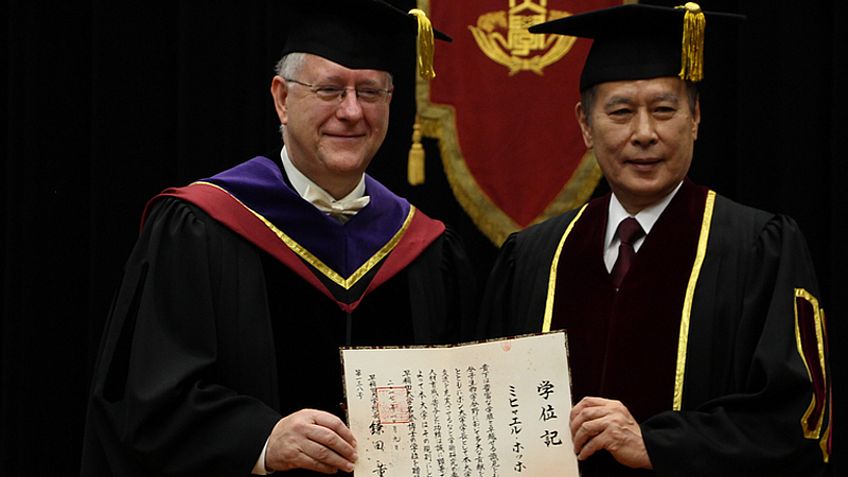
![[Translate to englisch:] Drosophila-Fliegen [Translate to englisch:] Drosophila-Fliegen](/fileadmin/_processed_/8/c/csm_Drosophila-Pesch_4b11a2cab6.jpg)